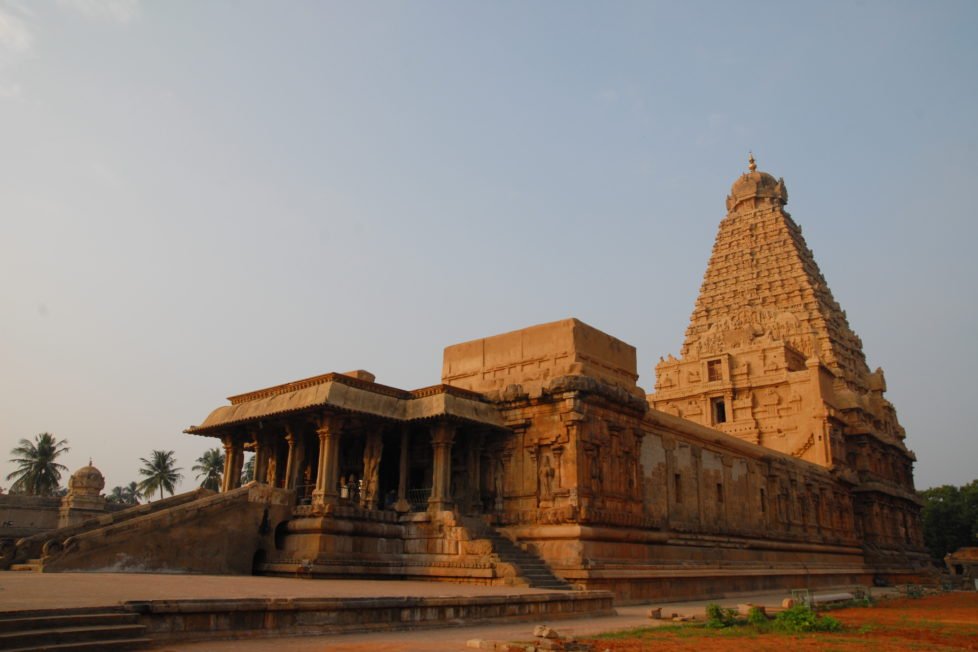From Mortality to Immortality – Institutional Design
Societies become civilizations or fall into ruins based on their ability to institutionalize. Societies that institutionalize events and processes are better able to leap forward, than those don't learn from successes and failures. A look at Accidental Success and Institutional Desgin - part II





Yes, we have completely lost/forgotten the ability to build institutions. The few things happening in our country is due to our forefathers having built those institutions and which have survived. Otherwise we have built nothing new.